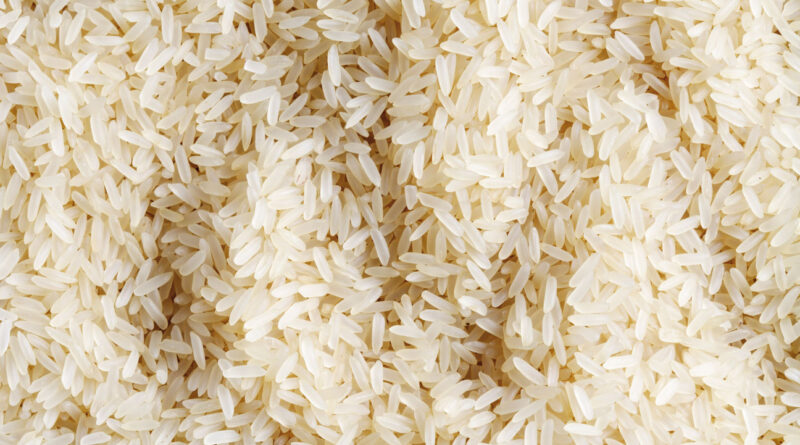Is the rice export ban pro-consumer or anti-farmer if basmati exports are allowed?
By E Kumar Sharma
India is an important player in the global market for rice with its exports accounting for 40 per cent of global trade and it is therefore with good reason that many experts have over the years maintained that a consistent policy in exports and imports is crucial for India. Eschew ad hocism, they urge, if you need to be seen as a trusted partner globally in a commodity that has few global suppliers – Thailand, Vietnam, Pakistan, Burma, China and the United States.
Economists see the ban on exports as more driven by inflationary expectations and concerns over likely shortfall in the area under production in Kharif considering the erratic monsoon. The inclement weather and floods in some parts of the country like Punjab, Haryana, Gujarat, Saurashtra and other regions have already led to either destruction of already sown regions or triggered delays in sowing making farmers unable to go for the same crop but to instead look for alternate other short duration crops.
The June Consumer Price Index numbers showing cereals and products inflation at 12.71 per cent has already triggered discussion on the move ban rice exports and it as a tool to contain prices. Pointing this out in a column titled ‘how not to tame inflation’ in The Indian Express on Monday, July 24th, Ashok Gulati, distinguished professor and Manish Kumar Prasad, a research associate at ICRIER, argue that export bans and stocking limits in foodgrains form counterproductive measures and that India needs to use its import policy liberally.
Others feel if there are liberal imports then what could happen to domestic prices and whether it would not go against the farmer interests. They however point to the breakup of the rice exports. “Bulk of rice exports from India is basmati rice and this forms 60 per cent of the total rice exports in value terms,” says Dr Sukhpal Singh, professor and former chairperson, Centre for Management in Agriculture at the Indian Institute of Management (IIM), Ahmedabad. He reminds that basmati rice is grown only in few Indian states and the bulk of consumption within the country is non-basmati therefore the announcement of export ban of while rice and broken rice is perhaps more of a signal to price expectations and driven largely by concerns on likely shortfall in Kharif production in the light of erratic monsoon.
The ban on rice exports happens at a time when India has been in the spotlight globally. Other than being the fastest growing large economy, its banks are also among the most profitable in the world and rising interest by foreign and domestic investors is seeing the Indian stock markets hitting record numbers. This, at a time when the world economy is slowing down, the Russia-Ukraine war seeming an unending ordeal and the latter also triggering snarled supplies.
Rare as it may seem but economists seem united on the two big concerns for India at the moment – inflation and erratic monsoon. After showing a decline, the retail inflation (Consumer Price Index) rose again in June to touch 4.8 per cent, above the 4 per cent comfort level that the Reserve Bank of India seeks and hence a matter of concern. The rains and flooding in several parts of the country have triggered worries for agriculture with vegetable prices (especially tomatoes already in the spotlight).
A leading economist and a former banker, feels it is perhaps time India made up its mind whether it intends to be also a permanent exporter of non-basmati rice or not. This may be crucial considering that much of these exports also go to the African regions. “We keep saying that our trade policy is very ad hoc and that we do need to have a consistent policy on imports and exports of grains and if the aim is to benefit the farmers then there should be consistent policy on exports and not having to impose a ban, especially in crops where exports from India matter,” says Professor Singh. But then, he also feels if the focus is on the issue of ensuring food security then arguably “farmers figure as only one of the stakeholders triggering the need to address the concerns of other stakeholders too – the poor and the middle classes.”
This article has been republished from The Financial Express

